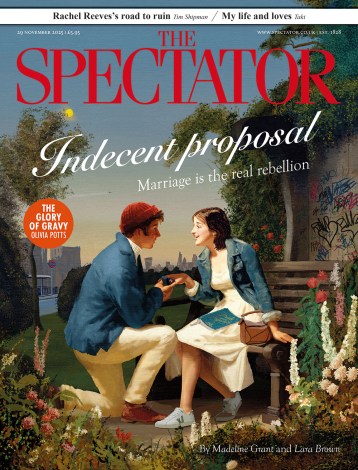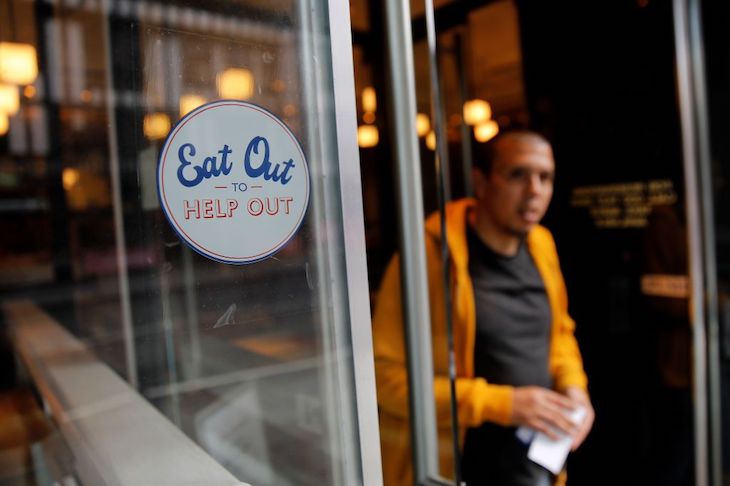Eat Out to Help Out, the government scheme aimed at encouraging people to return to restaurants during the pandemic, launched five years ago this week. From the outset, it came in for plenty of criticism. It was costly, controversial and possibly premature, its critics say. Bereaved families claim people died because of the scheme. These criticisms might be valid, but they’ve also obscured something else: the fact that, for many – especially young people – this policy didn’t just bring food onto tables. It marked a return to normal life after weeks of lockdown.
It was one of the few bright spots in 2020, a year defined by fear, isolation and loss
We queued. We booked. We ordered that second starter. For a few wonderful weeks, tables were full, pub gardens were loud, and weekday evenings took on the glow of Friday nights. It wasn’t just about food. It was about re-entering the world. I didn’t realise it at the time – no one did – but Eat Out to Help Out became, for many people, one of the few bright spots in 2020, a year defined by fear, isolation and loss.
At the time, I was head of behavioural insight at HMRC and fed advice into the scheme’s design. I don’t know how influential it was, but I found it unusually exciting – not just because it was bold, but because it set out to change how people felt, not just their bank balance. It was a rare moment when policy engaged with perceptions, not just price points. And it worked — in ways we hadn’t fully anticipated.
What I noticed in that month wasn’t just economic activity – it was emotional reanimation. People weren’t just eating out. They were getting dressed again. Choosing where to sit. Seeing people across a table, not through a screen. It sounds small. But after months of lockdown, rules and rationed pleasure, it felt like momentum.
We often talk about the long tail of the pandemic’s effects on young people: the stalled careers, the missed milestones, the mental health struggles. It’s worth remembering that, in a year of cancellations and constraints, this was the rare moment when they were told: go out. Be with friends. Rejoin the world.
And they did. In just one month, over 160 million discounted meals were claimed – more than two per person across the UK. It wasn’t just a treat. It was structure. Something to look forward to. Restaurants filled. So did diaries. We started planning again.
Sales in hair styling products rose 17 per cent, hair removal products 11 per cent. People weren’t just leaving the house – they were preparing to be seen. For many who worked in hospitality – also disproportionately young – EOHO didn’t just bring them joy as customers, but employment as staff. They were needed again.
The scheme, as I’ve said, had its critics. There are serious concerns about its role in the second wave of Covid. Some saw it as wasteful – a subsidy for those who would have eaten out anyway. Both perspectives deserve reflection. But let’s not ignore the fact that this scheme gave people something more than economic support. It gave them a reason to leave the house, to put on proper shoes again.
None of this means government should subsidise people’s meals out during normal times. But it does mean we should pay attention to the emotional reverberations of policy — not just economic outcomes. For a moment, Eat Out to Help Out made people feel like things were turning a corner. As we reflect on the long tail of youth disaffection today, it’s worth asking: what if more policies aimed not just to recover — but to rekindle? August 2020 opened up a tantalising possibility.







Comments